Tratamento da mordida cruzada anterior dentária usando aparelho removível com mola digital
Artigo
Introdução: A mordida cruzada anterior (MCA) dentária é uma má oclusão frequentemente diagnosticada na faseda dentição mista, e precisa ser tratada precocemente. Objetivo: O objetivo desse artigo é apresentar os relatosde três casos clínicos com MCA, na fase da dentição mista, os quais foram tratados usando um aparelho removívelcom mola digital. Conclusão: A alternativa conservadora do uso de aparelhos removíveis com molas digitaisapresenta boa previsibilidade, baixo custo, fácil confecção e instalação, e ótima eficiência. Com isso, foi possívelalcançar, em todos...
Autores: André Wilson Machado,
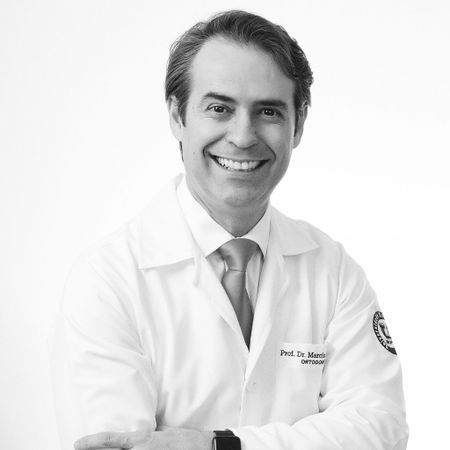
Com a chegada do mês de maio, a Ortodontia mundial volta suas atenções para uma das doze cidades norte-americanas escolhidas a dedo para sediar o maior evento da especialidade — que chega a reunir de 15.000a 20.000 pessoas, entre ortodontistas e seus staffs (equipe/time de secretárias). Isso mesmo, o congresso daAmerican Association of Orthodontists (AAO, Associação Americana de Ortodontistas) indubitavelmente é omaior e melhor evento anual da Ortodontia. Por ter essa envergadura,...
Leia mais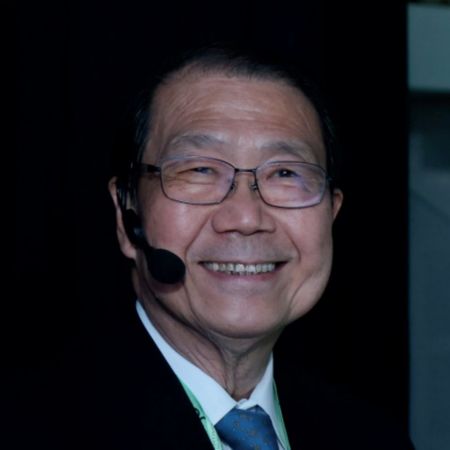
O professor George Anka, ao longo de sua carreira, tem realizado relevantes contribuições para a Ortodontiano Japão e no mundo. Entre suas contribuições científicas, gostaria de destacar o fato de se atribuira ele a criação do termo Dispositivos de Ancoragem Temporária (DATs). Essa denominação propostapelo Dr. Anka é adotada, atualmente, para se referir aos mini-implantes utilizados nas mecânicas comancoragem óssea em tratamentos ortodônticos. Recomendações quanto às...
Leia mais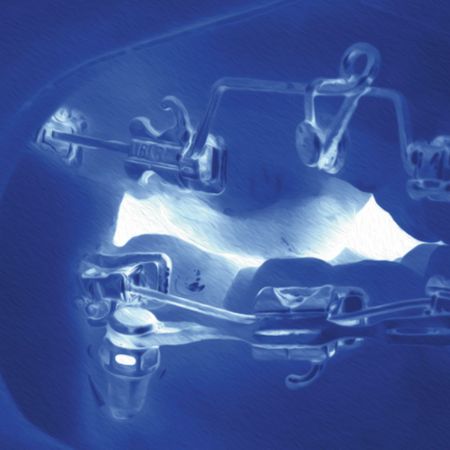
Introdução: O crescimento mandibular tardio pode causar assimetrias, que são frequentes principalmente em másoclusões de Classe III. O tratamento ortodôntico compensatório de uma assimetria deve ser indicado nos casos em queexista um processo alveolar que permita posicionar os dentes de forma a corrigir a má oclusão e a função. Porém, o pacientedeve ser alertado quanto às possíveis limitações estéticas finais. Os miniparafusos extra-alveolares na buccal shelf(BS) podem...
Leia mais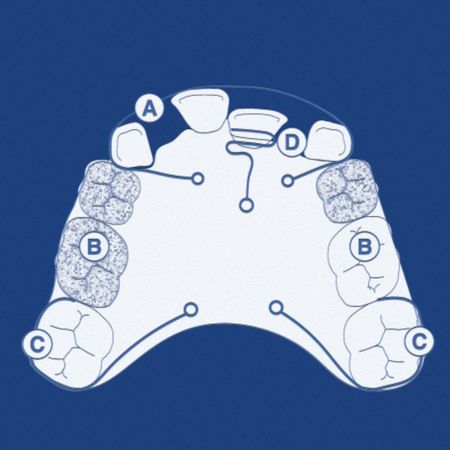
Introdução: A mordida cruzada anterior (MCA) dentária é uma má oclusão frequentemente diagnosticada na faseda dentição mista, e precisa ser tratada precocemente. Objetivo: O objetivo desse artigo é apresentar os relatosde três casos clínicos com MCA, na fase da dentição mista, os quais foram tratados usando um aparelho removívelcom mola digital. Conclusão: A alternativa conservadora do uso de aparelhos removíveis com molas digitaisapresenta boa previsibilidade, baixo custo,...
Leia mais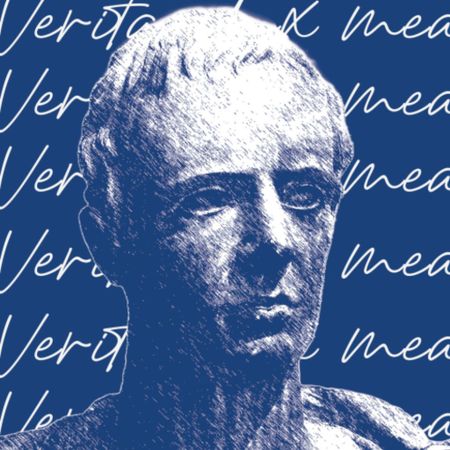
Introdução: Grande parte dos pacientes ortodônticos necessita de algum procedimento estético, com a finalidadede melhorar o sorriso, auxiliar na finalização e contribuir para a função. Assim, é importante saber qual a épocaideal para se realizar os procedimentos estéticos no tratamento ortodôntico: antes, durante ou depois. Objetivos:No presente artigo, serão discutidos os motivos que justificam a escolha dos procedimentos estéticos em diferentesetapas do tratamento...
Leia mais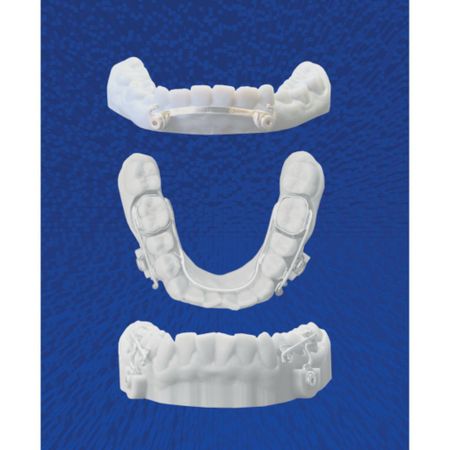
Objetivo: O presente trabalho mostra a importância do planejamento tridimensional na escolha entre os aparelhosBarra Manhães, Barra Manhães Articulada e Arco Lingual Manhães Bordallo, nos tratamentos de más oclusõesde Classe III e expansão rápida da maxila (Hyrax Híbrido). Métodos: Enfatizamos alguns pontos importantes, comoa altura da crista óssea e o espaço entre as raízes; a instalação dos mini-implantes sem lesionar o ligamento periodontal;a presença de dentes...
Leia mais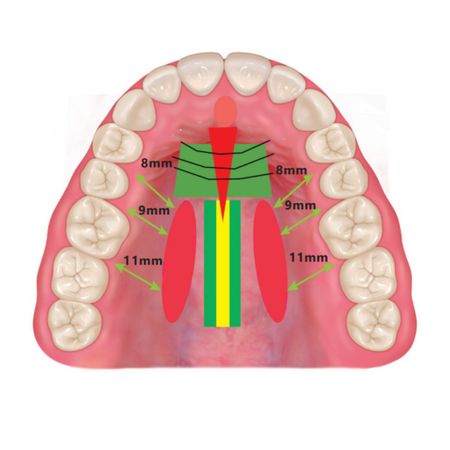
Introdução: A avaliação pré-expansão é tão importante quanto o conhecimento da técnica cirúrgica, e é requisitofundamental para o sucesso da expansão ortopédica da maxila em adultos. Objetivo: Este artigo, parte 2 da trilogiasobre expansão maxilar em adultos, teve como objetivo abordar detalhadamente as principais técnicas de expansãoortopédica maxilar em adultos. Métodos: As técnicas SARPE, MARPE e TS-SARPE foram descritas em detalhes, desdeos procedimentos anestésicos...
Leia mais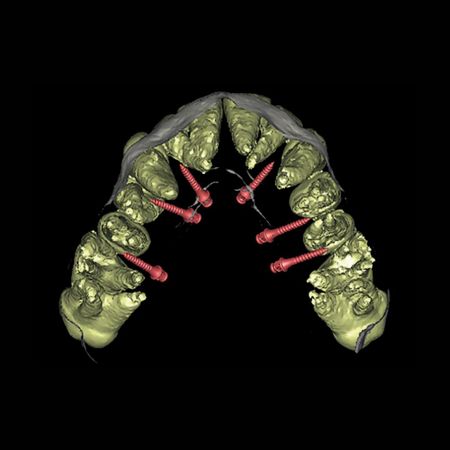
Objetivo: O objetivo do presente artigo é apresentar um protocolo de segurança para a instalação dos mini-implantesdo aparelho MARPE C-expander, por meio de uma guia prototipada, com o intuito de facilitar a técnica e minimizar ospossíveis erros, estimulando o uso desse aparelho pelo ortodontista, com maior segurança e precisão. Sua aplicaçãoserá exemplificada com um caso clínico em um paciente adulto com atresia severa e mordida cruzada posterior bilateral.Métodos: Para...
Leia mais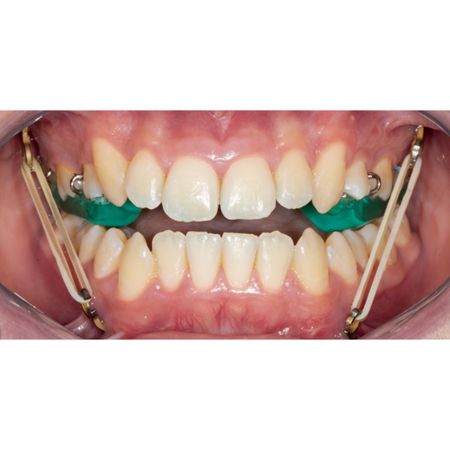
Introdução: A mordida cruzada anterior (MCA) é uma má oclusão anteroposterior que causa impactos estéticos e funcionaisao paciente. Entre muitas possibilidades de tratamento, a utilização da ancoragem esquelética para protraçãomaxilar é uma opção, principalmente nos casos em que o crescimento não possibilita a utilização de terapias menos invasivas.Objetivo: Relatar o caso clínico de um paciente com MCA tratado com ancoragem esquelética. Relato de caso:Após exame...
Leia mais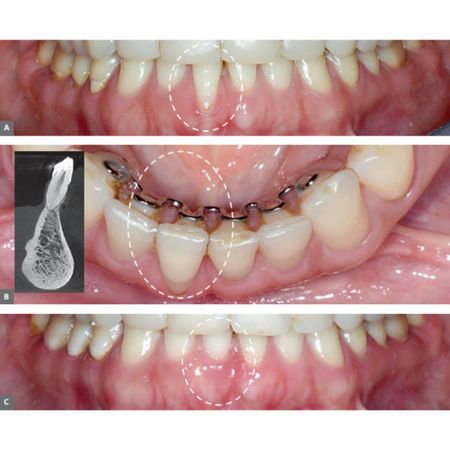
Introdução: Na região vestibular dos incisivos inferiores, forças ativas decorrentes de contenções ortodônticas sesomam àquelas geradas pela interferência oclusal induzida pela movimentação indesejada. Objetivo: Discorrer, teoricamente,sobre as alterações decorrentes, para caracterizar um quadro bem específico dessa região. Métodos: Paratal, usou-se de observações microscópicas de dentes movimentados experimentalmente, associando-as à experiênciade casos clínicos que...
Leia mais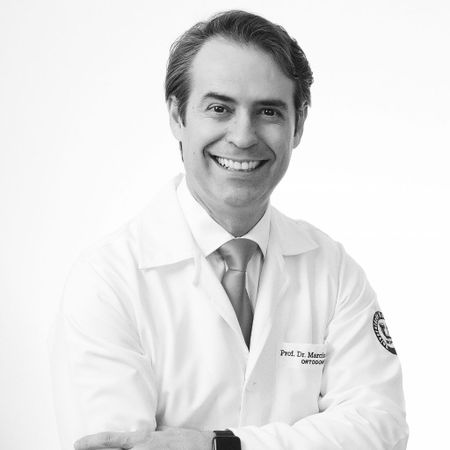
Con la llegada del mes de mayo, la Ortodoncia global centra su atención en una de las doce ciudades norteamericanas elegidas para albergar el mayor evento de la especialidad, que reúne entre 15.000 y 20.000 personas, entre ortodoncistas y su personal (equipo/secretarias). Así es, el congreso de la American Association of Orthodontists (Asociación Estadounidense de Ortodoncistas, AAO) es sin duda el mayor y mejor evento anual en Ortodoncia. Debido a su tamaño, sólo lugares con grandes...
Leia mais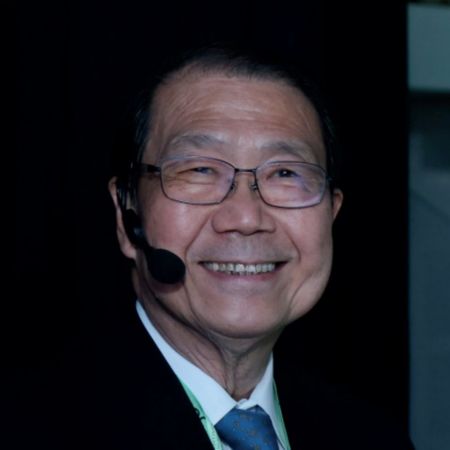
El profesor George Anka, a lo largo de su carrera, ha realizado relevantes aportes a la Ortodoncia en Japón y alrededor del mundo. Entre sus aportaciones científicas me gustaría destacar el hecho de que se le atribuye la creación del término Dispositivos de Anclaje Temporal (TAD). Este nombre propuesto por el Dr. Anka es adoptado actualmente para denominar a los miniimplantes utilizados en mecánica con anclaje óseo en tratamientos de Ortodoncia. Varios grupos de investigadores de todo...
Leia mais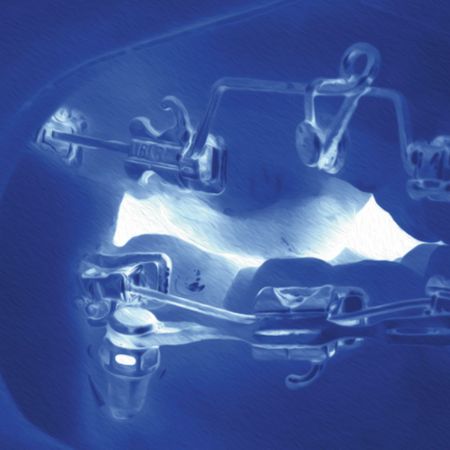
Introducción: El crecimiento mandibular tardío puede causar asimetrías, las cuales son comunes especialmente en maloclusiones de Clase III. El tratamiento de Ortodoncia compensatoria de una asimetría debe estar indicado en casos en los que exista un proceso alveolar que permita posicionar los dientes para corregir la maloclusión y la función. Sin embargo, se debe advertir al paciente sobre posibles limitaciones estéticas finales. Los minitornillos extraalveolares en el buccal shelf...
Leia mais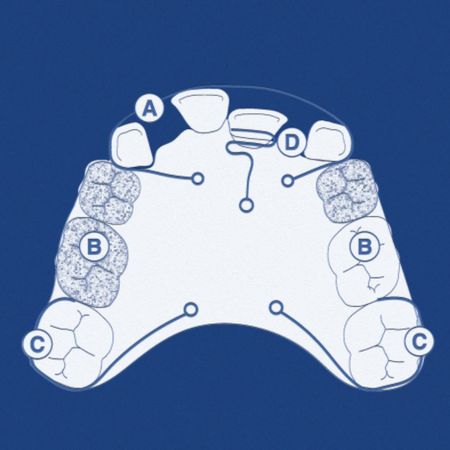
Introducción: La mordida cruzada anterior (MCA) es una maloclusión frecuentemente diagnosticada en la fase de dentición mixta y necesita ser tratada tempranamente. Objetivo: El objetivo de este artículo es presentar reportes de tres casos clínicos con MCA, en fase de dentición mixta, los cuales fueron tratados mediante aparatología removible con resorte digital. Conclusión: La alternativa conservadora de utilizar aparatos removibles con resortes digitales presenta buena...
Leia mais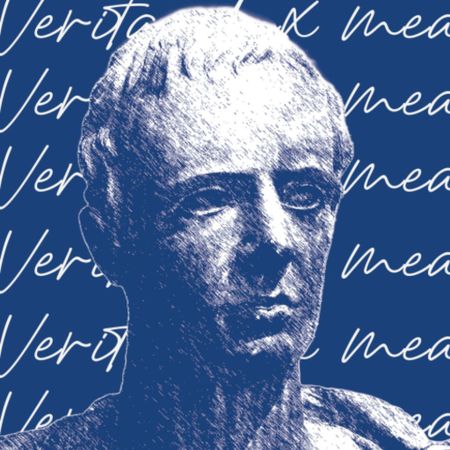
Introducción: La mayoría de los pacientes de Ortodoncia requieren algún procedimiento estético, con el propósito de mejorar su sonrisa, ayudar en la finalización y contribuir con la función. Por ello, es importante conocer el momento ideal para realizar procedimientos estéticos en el tratamiento de Ortodoncia: antes, durante o después. Objetivos: En este artículo se discutirán las razones que justifican la elección de procedimientos estéticos en las diferentes etapas del...
Leia mais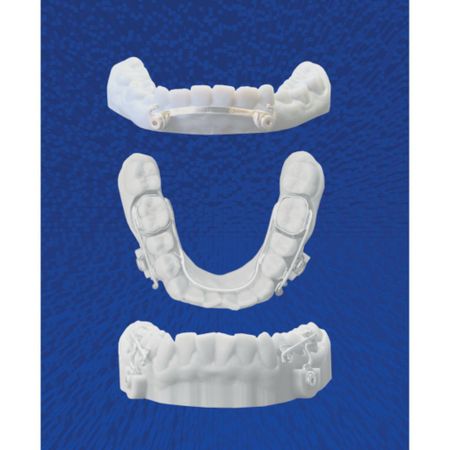
Objetivo: El presente trabajo muestra la importancia de la planificación tridimensional a la hora de elegir entre los aparatos Barra Manhães, Barra Manhães Articulada y Arco Lingual Manhães Bordallo, en los tratamientos de maloclusiones Clase III y expansión rápida de la maxila (Hyrax Híbrido). Métodos: Destacamos algunos puntos importantes, como la altura de la cresta ósea y el espacio entre las raíces; la instalación de miniimplantes sin dañar el ligamento periodontal; la...
Leia mais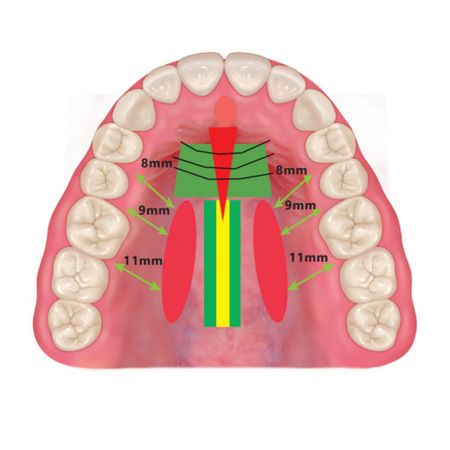
Introducción: La evaluación previa a la expansión es tan importante como el conocimiento de la técnica quirúrgica, y es un requisito fundamental para el éxito de la expansión maxilar ortopédica en adultos. Objetivo: Este artículo, parte 2 de la trilogía sobre expansión maxilar en adultos, tuvo como objetivo cubrir en detalle las principales técnicas ortopédicas de expansión maxilar en adultos. Métodos: Se describieron detalladamente las técnicas SARPE, MARPE y TS-SARPE, desde...
Leia mais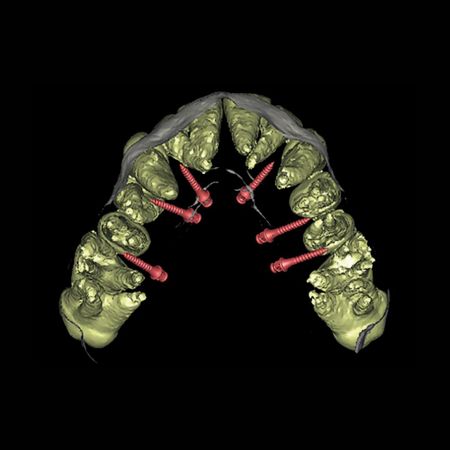
Objetivo: El objetivo de este artículo es presentar un protocolo de seguridad para la instalación de miniimplantes del dispositivo MARPE C-expander, utilizando una guía prototipada, con el objetivo de facilitar la técnica y minimizar posibles errores, incentivando el uso de este dispositivo por el ortodoncista, con mayor seguridad y precisión. Su aplicación se ejemplificará con un caso clínico en un paciente adulto con atresia severa y mordida cruzada posterior bilateral. Métodos:...
Leia mais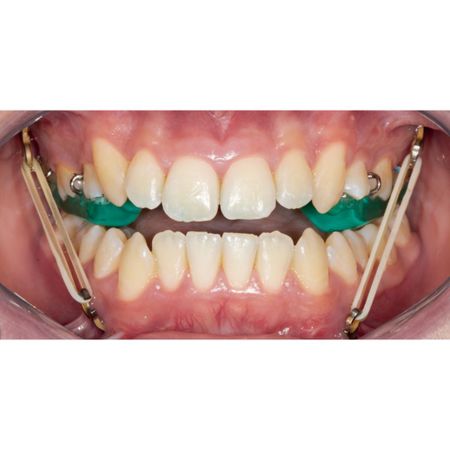
Introducción: La mordida cruzada anterior (MCA) es una maloclusión anteroposterior que provoca impactos estéticos y funcionales en el paciente. Entre muchas posibilidades de tratamiento, el uso de anclaje esquelético para la protracción maxilar es una opción, especialmente en los casos en que el crecimiento no permite el uso de terapias menos invasivas. Objetivo: Reportar el caso clínico de un paciente con MCA tratado con anclaje esquelético. Relato de caso: Luego del examen clínico,...
Leia mais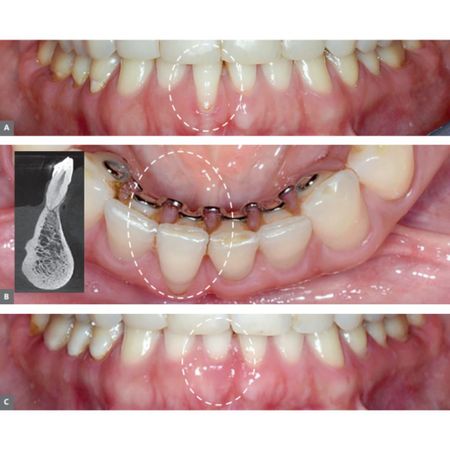
Introducción: En la región vestibular de los incisivos inferiores, las fuerzas activas resultantes de los retenedores de Ortodoncia se suman a las generadas por la interferencia oclusal inducida por movimientos no deseados. Objetivo: Discutir, teóricamente, los cambios resultantes, para caracterizar una situación muy específica en esta región. Métodos: Para lograrlo, se utilizaron observaciones microscópicas de dientes movidos experimentalmente, asociándolas con la experiencia de casos...
Leia mais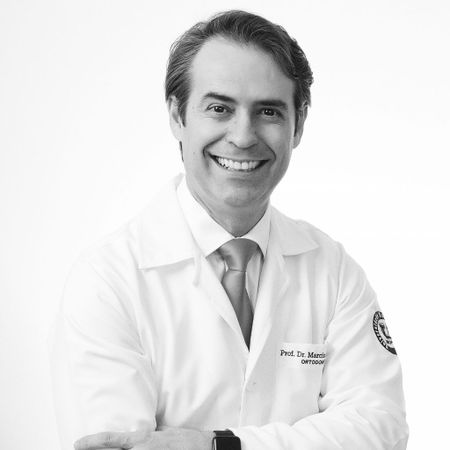
As May arrives, the orthodontic world turns its attention to one of the twelve North American cities handpicked to host the specialty’s biggest event—which brings together between 15,000 and 20,000 people, including orthodontists and their staff. That’s right, the American Association of Orthodontists (AAO) congress is undoubtedly the biggest and best annual event in orthodontics. Because of this scale, only places with large convention centers can accommodate this impressive number of...
Leia mais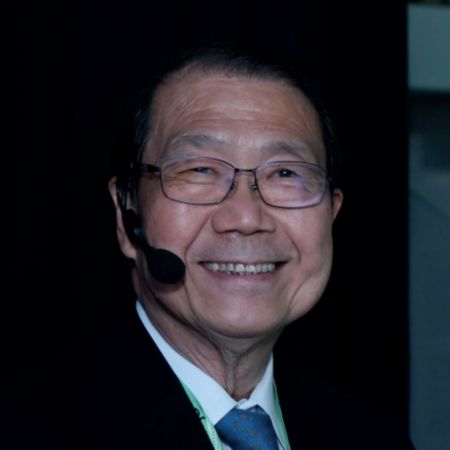
Throughout his career, Professor George Anka has made significant contributions to orthodontics in Japan and around the world. Among his scientific contributions, I would like to highlight the fact that he is credited with creating the term Temporary Anchorage Devices (TADs). This name proposed by Dr. Anka is currently used to refer to the mini-implants used in bone-anchored mechanics in orthodontic treatments. Recommendations regarding the characteristics and shapes of current orthodontic...
Leia mais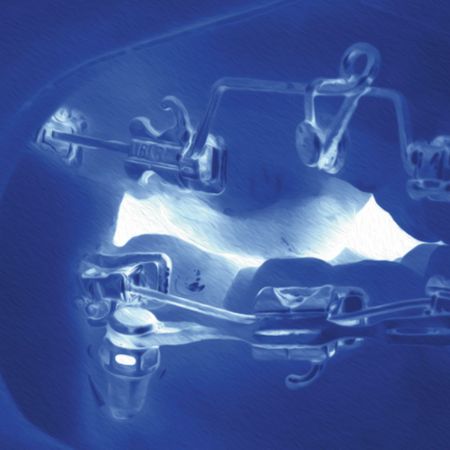
Introduction: Late mandibular growth can cause asymmetries, which are especially frequent in Class III malocclusions. Compensatory orthodontic treatment of an asymmetry should be indicated in cases in which there is an alveolar process that allows the teeth to be positioned in such a way as to correct the malocclusion and function. However, the patient should be warned about the possible final aesthetic limitations. Extra-alveolar miniscrews in the buccal shelf (BS) can be used as anchorage in...
Leia mais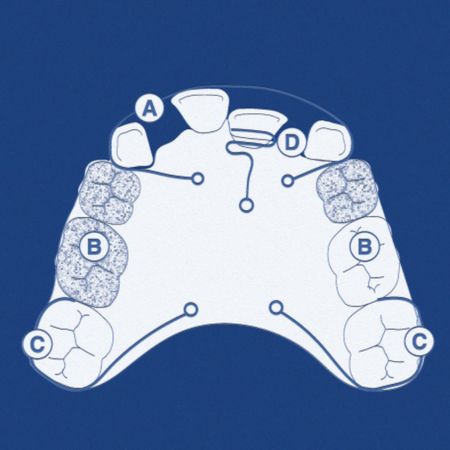
Introduction: Dental anterior crossbite is a malocclusion that is often diagnosed in the mixed dentition, and requires early intervention. Objective: This article presents three case reports with this malocclusion in the mixed dentition, treated using removable appliances with digital springs. Conclusion: The conservative alternative of using removable appliances with digital springs has good predictability, low cost, easy fabrication and installation, and excellent efficiency. All cases...
Leia mais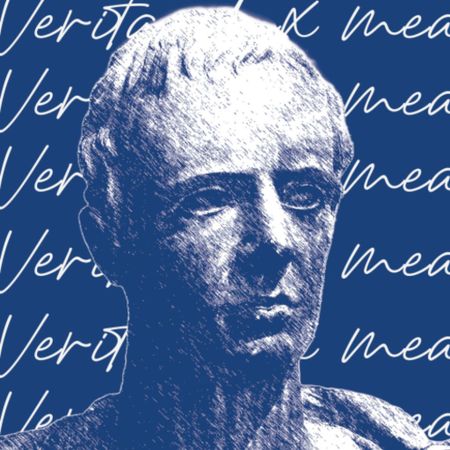
Introduction: Most orthodontic patients need an aesthetic procedure to improve their smile, assist in finalization, and contribute to function. Therefore, it is important to know the ideal time to perform aesthetic procedures in the orthodontic treatment: before, during or after. Objectives: In the present article, the reasons that justify the choice of aesthetic procedures at different moments of orthodontic treatment will be discussed. The study will be illustrated with different types of...
Leia mais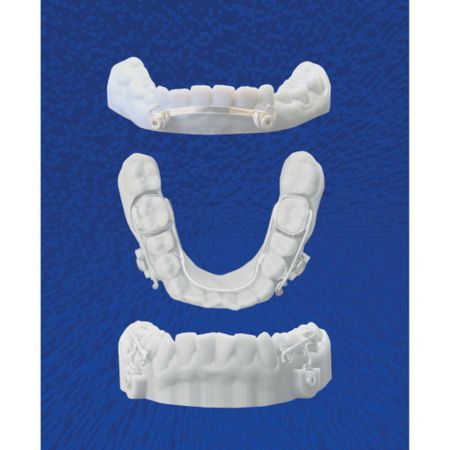
Objective: This article shows the importance of three-dimensional planning when choosing between the Manhães Bar, Articulated Manhães Bar and Manhães Bordallo Lingual Arch appliances, in the treatment of Class III malocclusion associated to rapid maxillary expansion (Hybrid Hyrax). Methods: We emphasized some important points, such as the height of the bone crest and the space between the roots; the installation of mini-implants without damaging the periodontal ligament; presence of...
Leia mais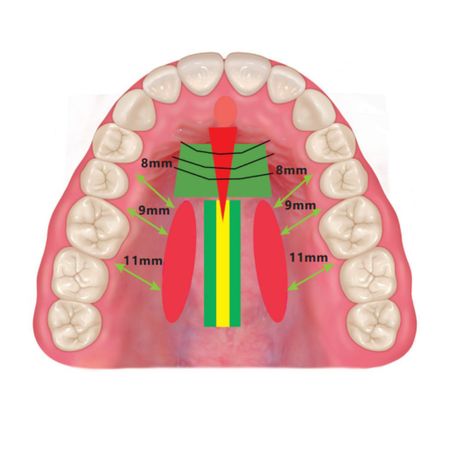
Introduction: As important as the pre-expansion evaluation, understanding the surgical technique is a fundamental requirement for the success of orthopedic maxillary expansion in adults. Objective: This article, the second part of a trilogy on maxillary expansion in adults, aimed to address in detail the main techniques for maxillary orthopedic expansion in adults. Methods: SARPE, MARPE and TS-SARPE techniques are described in detail, from anesthetic procedures to the possible complications....
Leia mais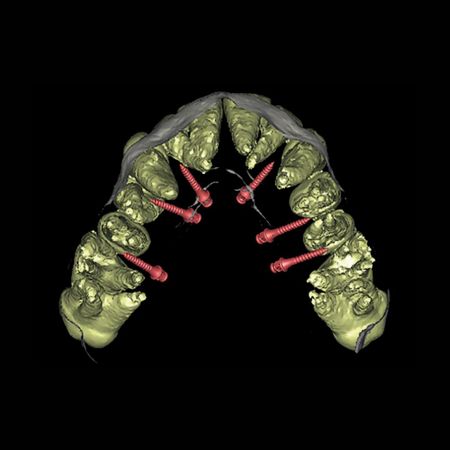
Objective: The purpose of this study was to present the possibility of a safety protocol for installing the miniscrews of the MARPE C-expander appliance, using a prototyped guide, with the intention of facilitating the technique, with more precise insertion of the miniscrews, minimizing errors and encouraging the use of the appliance by the orthodontist with greater safety. Its use will be illustrated with a clinical case in an adult patient with bilateral posterior crossbite. Methods: To...
Leia mais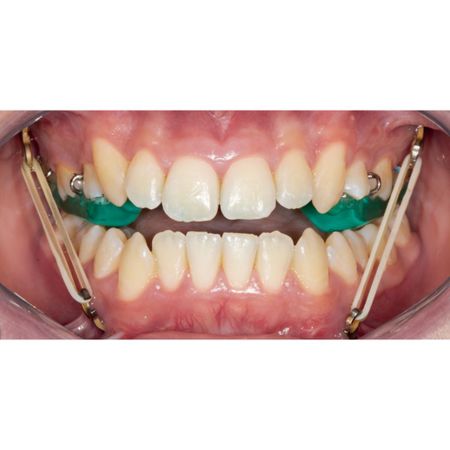
Introduction: Anterior crossbite is an anteroposterior malocclusion that causes aesthetic and functional impacts on the patient. Among many treatment possibilities, the use of skeletal anchorage for maxillary protraction is an option, especially in cases where growth does not allow the use of less invasive therapies. Objective: To report the clinical case of a patient with anterior crossbite treated with skeletal anchorage. Case report: After clinical examination, facial analysis, and...
Leia mais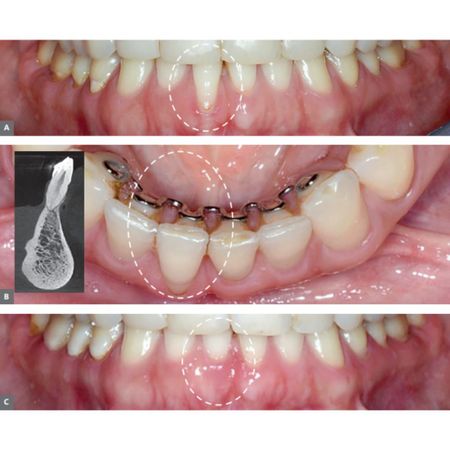
Introduction: In the buccal region of the mandibular incisors, active forces resulting from orthodontic retention are added to those generated by occlusal interference induced by unwanted movement. Objective: To provide a theoretical discussion of the alterations caused, in order to characterize a very specific picture of this region. Methods: Microscopic observations of experimentally moved teeth were used, combined with experience of clinical cases that offered difficulties in clinical...
Leia maisCopyright © 1998 - 2022 DentalGO | Todos Direitos Reservados. DentalGO é uma marca Dental Press